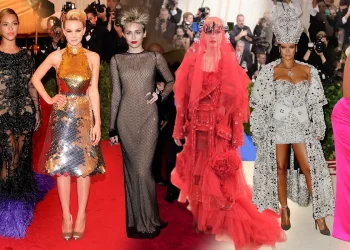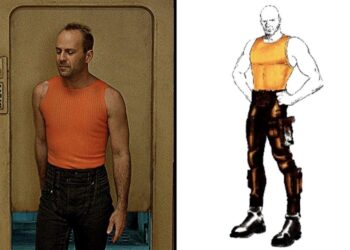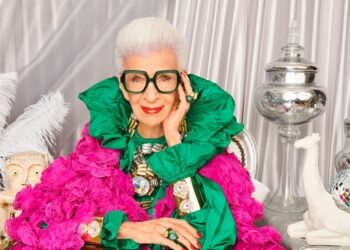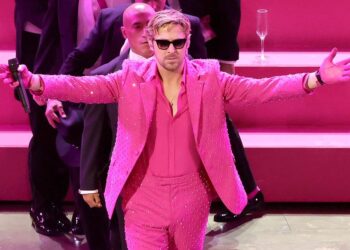Gender surrounds us from the minute we are born until the day that we die. The question of whether or not someone is male or female is not too often presented because the answer usually sticks out like a sore thumb. While a person’s sex is defined by their anatomy, gender is not anatomically definitive. Women can be masculine (Queen Latifah) while men can also be feminine (Prince).
Gender is identity and solely defined by ones psychological and behavioral being. Culture often attempts to define what is “masculine” and “feminine”; while masculinity is closely associated with independence and sports, overt emotion and skirts/dresses are associated with femininity.
Androgyny is a combination of masculine and feminine traits. An androgynous individual is either male or female who has a high level of both feminine (emphatic) and masculine (momentous) traits. The idea of a normal feminine individual is high on feminine emphatic traits and low on masculine momentous traits while a normal masculine individual is high on momentous traits and low on emphatic traits. People with androgynous traits either have no gender value, or portray prominent aspects generally attributed to the opposite sex.
Androgyny appeared as somewhat of a revolution in the 1960s as the music and fashion industries inspired a trend targeted towards self-exploration, individual freedom, and self-realization. This opened the door for men and women to start defining who and what they were which was evident in wardrobe. Men and women basically wore the same clothes and hairstyles; men, more than ever, embraced what was traditionally referred to as “women’s wear”.
This is depicted in both men and women wearing tight, low-cut denim, body-fitted tops, headbands, jewelry and other accessories. Androgyny has become even more apparent and free-spirited in today’s fashion with designers such as Jean Paul Gaultier showcasing trends like high-waisted and belted pants for males and blazers with cuffed sleeves and loose-fitted outerwear attire for females. The use of accessories such as ties and fedoras has accompanied the modern-day Androgyny trend as well.
Fashion designers, Giorgio Armani, Rick Owens, and Pierre Cardin, are reputable in the fashion industry, partially due in part to their unisex-styled clothes. Rick Owens’ Spring/Summer 2012 men’s fashion show in Paris this past July showcased male models wearing skirts and long dresses along with semi-fitted jackets, long overcoats, and vests with these pieces. Despite wearing skirts, these models were extremely masculine.
[jwplayer mediaid=”15750″]
They did not seem even the least bit uncomfortable in what they were wearing; if anything, the masculinity of men was made more apparent. The market value of androgyny is not new to the world of fashion. Designers often use androgynous models or unique settings to create an “attentive buzz” to their various lines. Fashion – especially during Fashion Week – is about showing all kinds of possibilities. The most successful fashion labels are those that are open to all people. Unfortunately, incorporating Androgyny into a brand is not always successful. People in the fashion industry have generally inherited a unique process of analysis and are not easily fooled. If using androgynous models or theming a show around the concept of Androgyny, it must display at least some form of innovation.
The androgynous figure in any industry (or personally) is usually looking for a place to call their own, seeking redemption and a safe house for emotion and the pain from the outside world. Androgyny thrives on the message of individualism which appeals to those who want an excuse to rebel as well as those who just want to be appreciated for just being different. The recurrence of this trend should not be a surprise as history often repeats itself.












